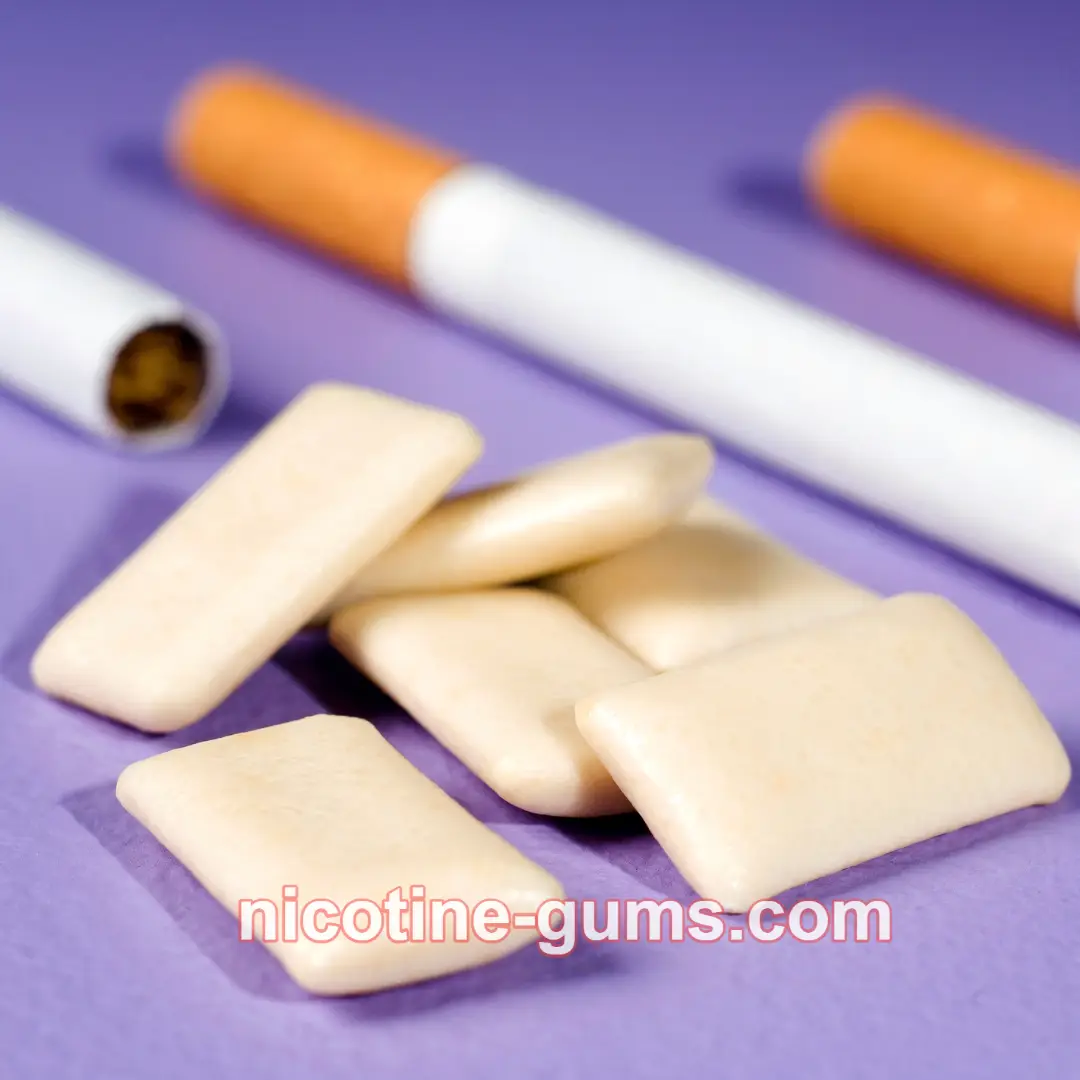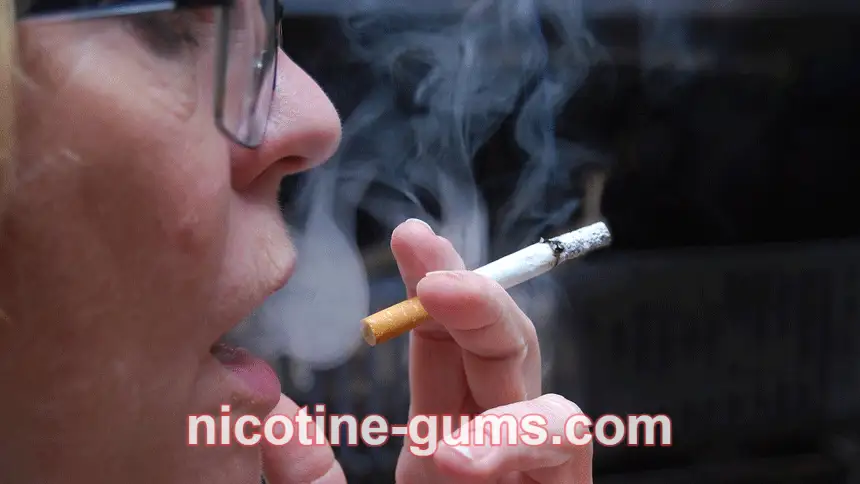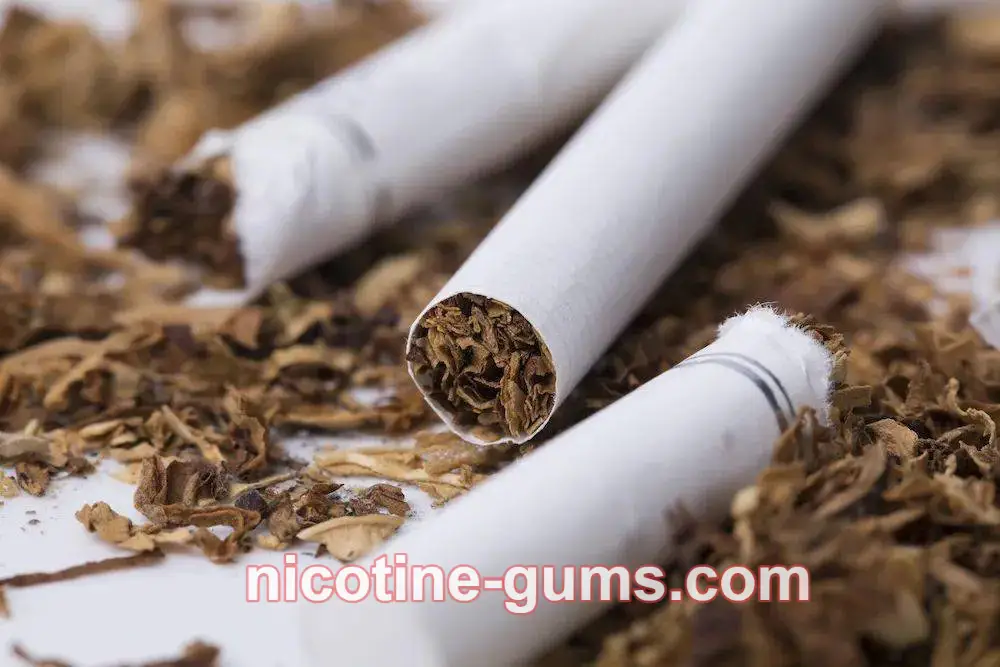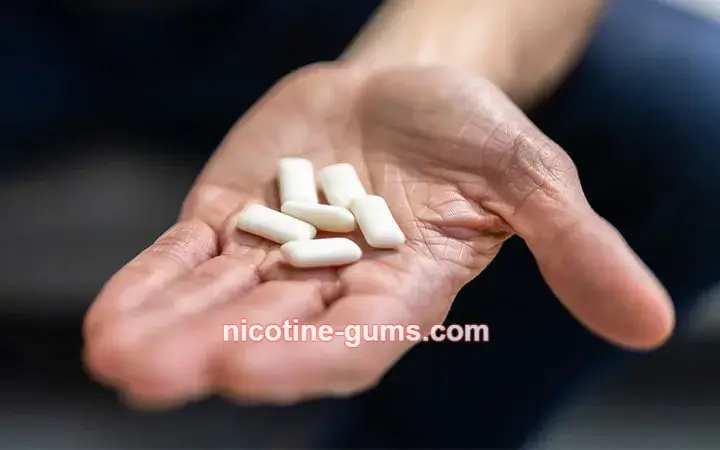Why the “Quit Smoking” and “Quit Drinking” Drug Market Lost Its Spark
The modern world is full of temptations and habits that can easily slip into addiction. While these addictions often start as harmless behaviors, the transition into dependency can be quick and, in many cases, life-threatening. Smoking and drinking are two of the most common addictions, and the path to quitting them has always been paved with significant challenges. For many, even the best medications seem to have little effect. So why, after all the buzz about "no-craving" medications, has the market for these products flatlined?
Addiction: A Complex Beast
Addiction is often more than just a physical dependence. It's a complex web of biological, psychological, and social factors. When it comes to smoking and drinking, these substances play a huge role in shaping daily routines, emotional states, and social interactions. It’s not just about the physical craving; it’s about the mental habits and societal pressures that reinforce the addiction. Smoking, for example, involves nicotine, which activates the brain’s dopamine receptors, making the smoker feel good. Over time, this builds into a dependence, making it incredibly hard to break free. The same goes for alcohol, where the initial joy of a drink soon transforms into a cycle of dependency.
In the United States alone, nicotine addiction is a major public health issue, with over 34 million adults still smoking regularly. Alcohol, too, is a key player in the nation’s addiction statistics, with more than 14 million adults suffering from alcohol use disorder. Both habits contribute significantly to health risks, from cancer to liver disease, cardiovascular problems, and even mental health disorders. Despite the well-known dangers of smoking and drinking, the road to quitting remains a steep climb for many.
Enter the "Quit Smoking" and "Quit Drinking" Drug Market

With addiction rates high, the pharmaceutical industry saw an opportunity: the development of medications to help people quit smoking and drinking. The hope was that a pill or a treatment could help people manage their cravings and break free from the vicious cycle of addiction. For smoking, the front-runner was Champix (also known as Chantix in the U.S.), a drug that promised to block the nicotine receptors in the brain, reducing cravings and withdrawal symptoms. For alcohol, medications like Naltrexone and Acamprosate were touted as effective tools in curbing the urges to drink. These medications were designed to interfere with the brain’s reward system, making the addictive substances less enjoyable and, theoretically, easier to quit.
But, despite their promising nature, these drugs haven’t quite lived up to the hype.
So, Why Did the "No-Craving" Drug Market Fall Flat?

- The Science is Tough, and the Cost is Even Tougher
Drug development isn’t easy, especially when you’re trying to target something as complex as addiction. Addiction involves a mix of genetic, environmental, and psychological factors, which means medications need to address multiple pathways in the brain. This makes the research and development of effective quit-smoking or quit-drinking drugs both difficult and expensive. And the costs don’t stop at development — these drugs can be pricey for the average consumer. Take Champix (Chantix) as an example. A 12-week treatment cycle can set you back by about $200 to $300, which isn’t cheap for someone already struggling financially due to their addiction.
- Lack of Motivation: You Can't Force Someone to Quit
Even if a drug is effective, the success of these medications often hinges on the individual’s motivation to quit. Unfortunately, many smokers and drinkers aren’t ready to quit. Some may be trying to quit for health reasons, but others are simply not interested in changing their lifestyle. This presents a major challenge for the pharmaceutical industry. After all, you can’t force someone to take a pill if they don’t want to stop smoking or drinking in the first place. This is why many people see little success with medications — they’re not fully committed to quitting, and as a result, the medication isn’t effective.
- The Power of Social Pressure
There’s also the social aspect to consider. Smoking and drinking aren’t just habits; they’re part of the social fabric. Whether it’s sharing a cigarette with a friend or having a drink at a party, these substances are often used to bond and connect with others. For many, quitting smoking or drinking means stepping away from a key part of their social life. And in certain circles — like business or political environments — it can even feel like social suicide to refuse a drink or cigarette. The fear of missing out (FOMO) and the anxiety that comes with not participating in these social rituals make quitting even more difficult.
- Relapse and Frustration
Even with medication, quitting smoking or drinking is an uphill battle. Medications like Champix may help reduce cravings, but they don’t necessarily solve the deeper, more entrenched psychological aspects of addiction. After a few weeks or months, many people find themselves slipping back into their old habits. This constant cycle of quitting and relapsing leads to frustration, and eventually, many people give up on using medication altogether. It's no surprise that many smokers or drinkers lose faith in these medications and turn to other (often less effective) methods, like willpower or substituting with vapes.
- Vape: The “New Normal” for Smokers?
Speaking of alternatives, vaping has become a significant player in the quit-smoking conversation, though not necessarily in the way the pharmaceutical industry intended. E-cigarettes, commonly referred to as vapes, have gained immense popularity in recent years as a smoking alternative. Vaping is often marketed as a “safer” option compared to traditional cigarettes, and for some, it has been a gateway to quitting smoking altogether.
The appeal is clear: vaping offers the nicotine hit without the same level of harmful chemicals found in traditional cigarettes. And with an array of flavors — from fruity to minty to dessert-like — vapers can personalize their experience. However, the jury is still out on whether vaping is truly safer than smoking, and there's ongoing debate about the long-term health effects of vaping.
So, What About Nicotine Gum?

For those serious about quitting smoking but not quite ready to embrace the complexity (and cost) of prescription drugs, nicotine gum is a tried-and-true option. Products like Nicorette have been on the market for years, offering a simpler, more affordable alternative to pharmaceuticals. Nicotine gum works by delivering small doses of nicotine to the system, helping curb cravings and withdrawal symptoms without the harmful effects of smoking.
One of the advantages of nicotine gum is that it’s relatively inexpensive and accessible, available at most drugstores and online. It's also a lot more flexible than prescription medications, allowing users to manage their dosage on their terms. However, the gum’s success relies heavily on the smoker’s commitment to quit and their willingness to follow through with the treatment plan. It’s not a miracle solution, but it can be a helpful tool for those who are committed to breaking the cycle of addiction.
A New Approach to the Quit Smoking and Quit Drinking Market
The bottom line is that the quit-smoking and quit-drinking medication market faces significant hurdles. While medications like Champix and nicotine gums have shown some promise, they don’t address the deeper psychological and social factors that contribute to addiction. Plus, the high costs and relatively low success rates leave many potential users frustrated and doubtful.
The real solution may not lie in a pill or a patch but in a more holistic approach that includes therapy, support systems, and lifestyle changes. Until then, the road to recovery will likely remain a long, difficult journey for many, but with the right tools and support, it’s possible to break free from the grip of addiction. Whether it’s with nicotine gum, vape, or a combination of methods, quitting smoking and drinking is a personal journey that requires patience, perseverance, and above all, the desire to change.
